Parashat Behar: Give Earth a Break
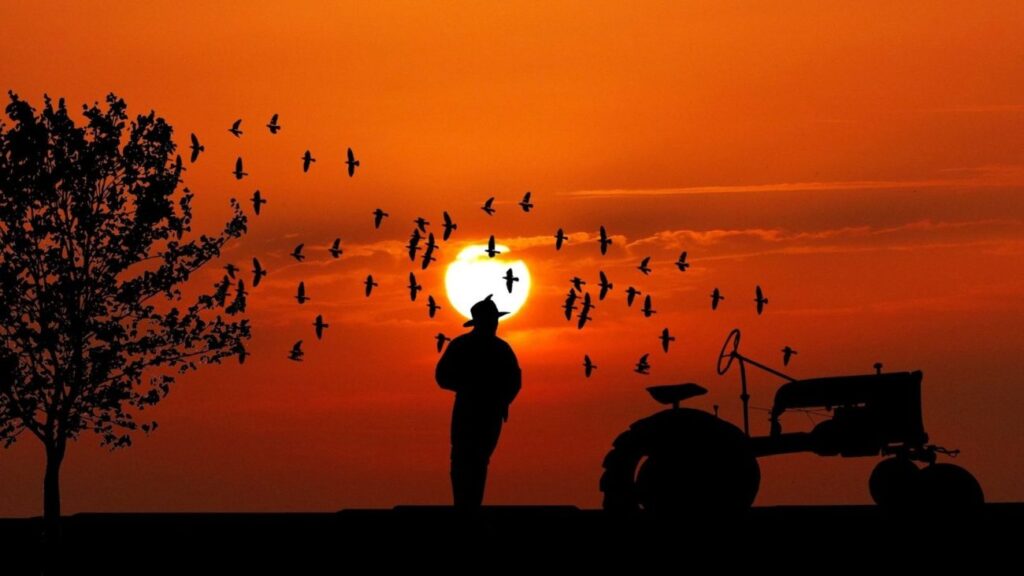
גאולה תתנו לארץ The term Tree Hugger is not usually associated with observant Jews, which is truly hurtful and unfair, because we hug a tree at least four times a week. We do it, religiously, on Mondays and Thursdays, Shabbat mornings and afternoons. We gather around our tree, touch it, kiss it and then sit […]
Parashat Emor: The Torah’s Disability Act

אִ֣ישׁ… אֲשֶׁ֨ר יִהְיֶ֥ה בוֹ֙ מ֔וּם, לֹ֣א יִקְרַ֔ב לְהַקְרִ֖יב לֶ֥חֶם אֱלֹהָֽיו – This statement of the Torah, that a man who is not physically wholesome is not allowed to serve at the temple and offer sacrifices, has always been for me a pet peeve, and the attempts of the commentators to explain it did not help […]
Parashat Kedoshim: Be Unique – For I Am!

דַּבֵּ֞ר אֶל־כָּל־עֲדַ֧ת בְּנֵי־יִשְׂרָאֵ֛ל וְאָמַרְתָּ֥ אֲלֵהֶ֖ם קְדֹשִׁ֣ים תִּהְי֑וּ כִּ֣י קָד֔וֹשׁ אֲנִ֖י יְיָ אֱלֹהֵיכֶֽם Speak unto all the congregation of the children of Israel, and say unto them: You shall be holy; for I YHWH your God, am holy. The word קדוש is traditionally translated as holy. The more meticulous commentators explain that קדוש means separate, designated, […]
Ahare Mot – Parasha Pointers
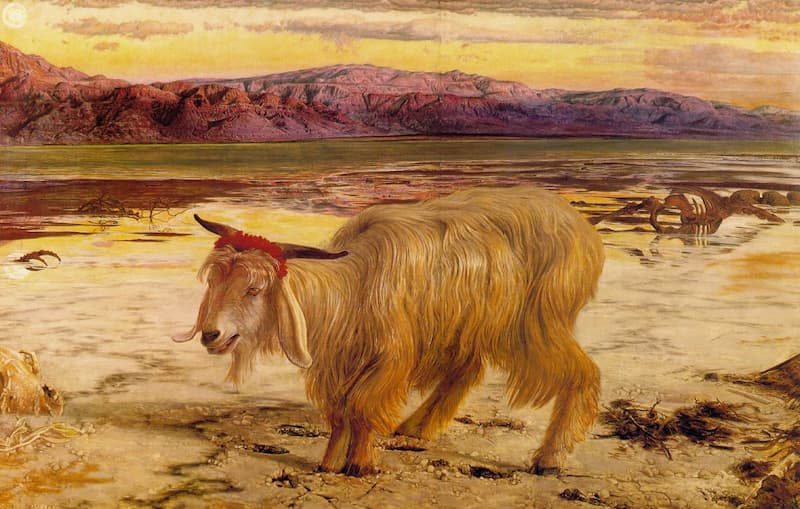
Chapter 16, verses 1-34, describes with great detail the process which would allow the Cohen Gadol (High Priest) to enter the Holy of Holies once a year, on Yom Kippur. While the Cohen was in the Holy of Holies, he was not allowed to touch anything, let alone open the holy Ark. Inside the Ark […]
Parashat Metzora: Curing Narrow-Mindedness
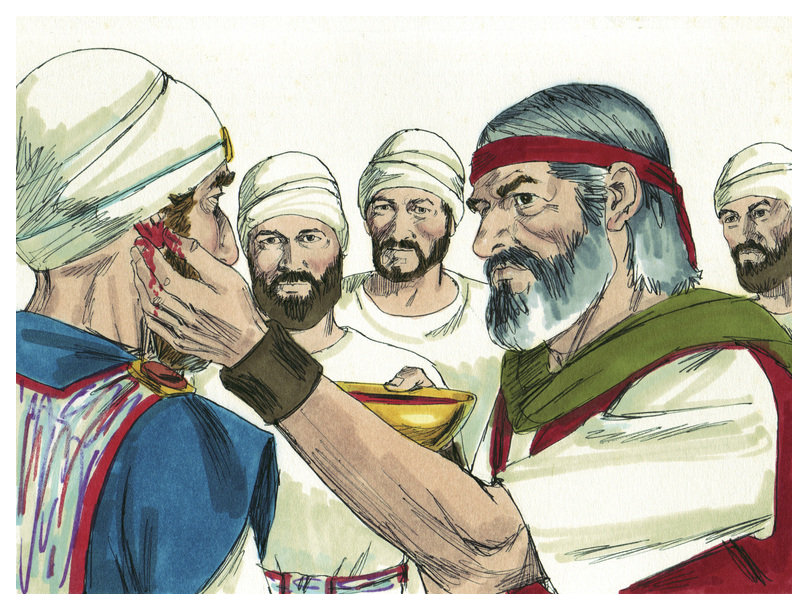
When the leper heals, he brings two live birds, cedar, crimson wool, and hyssop. The priest will slaughter one bird onto a clay vessel filled with fresh water. He will then dip the live bird, with the cedar, crimson wool, and hyssop, in the mixture of blood and water. He will sprinkle it on the […]
Parashat Tazria: Monsieur Le Peh Ra
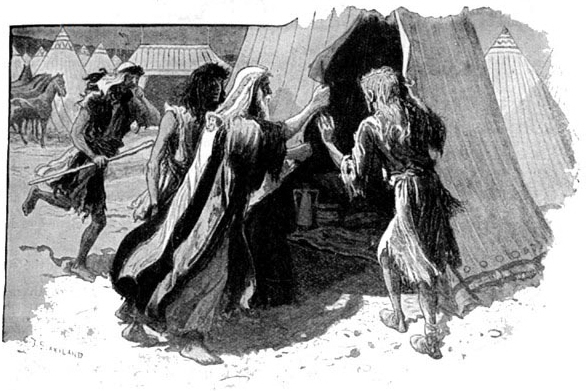
As seen in the Jewish Journal This is the story of Peh Ra. All his life, Peh Ra felt like a cattle owner, walking among his animals and marking them with a red-hot branding iron. Peh Ra had a nice collection of branding irons. Some people he branded “losers,” others were marked “nerds” or “geeks” […]
Parashat Shemini: Parasha Pointers
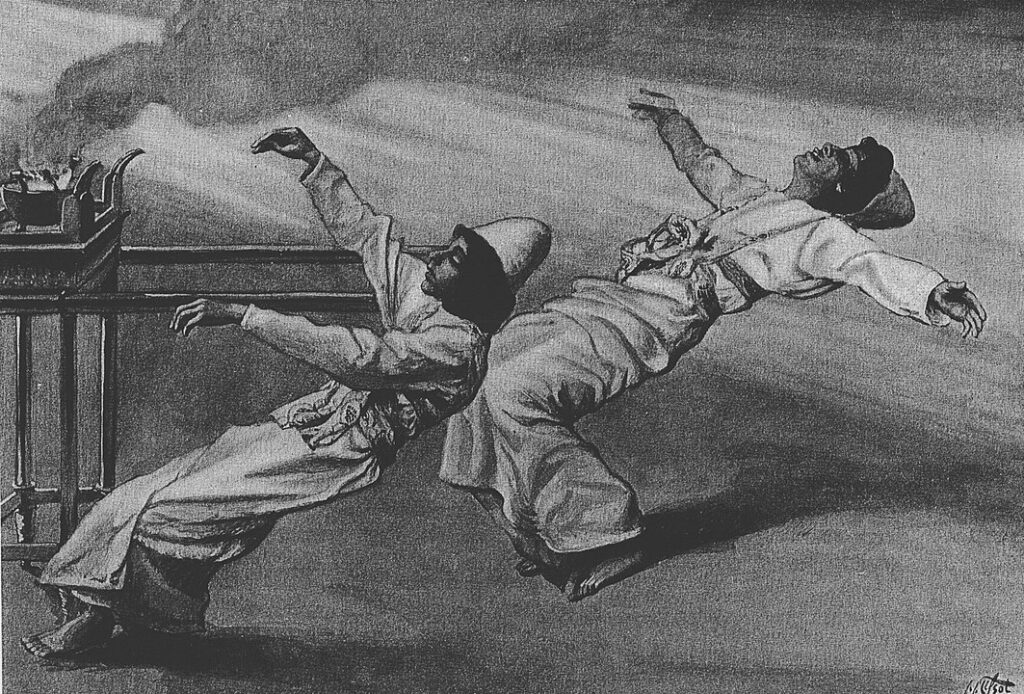
Shemini – Parasha Pointers The inauguration of the Mishkan took eight days [Lev. 9:1]. It is interesting to consider the appearances of cycles of seven and eight in the biblical calendar and in events and rituals. The number seven appears in: the creation of the world, Shabbat, Pesah, seven weeks leading to Shavuot, Shavuot itself, […]
Parashat Tzav: Sacrifices. Same Old Story?
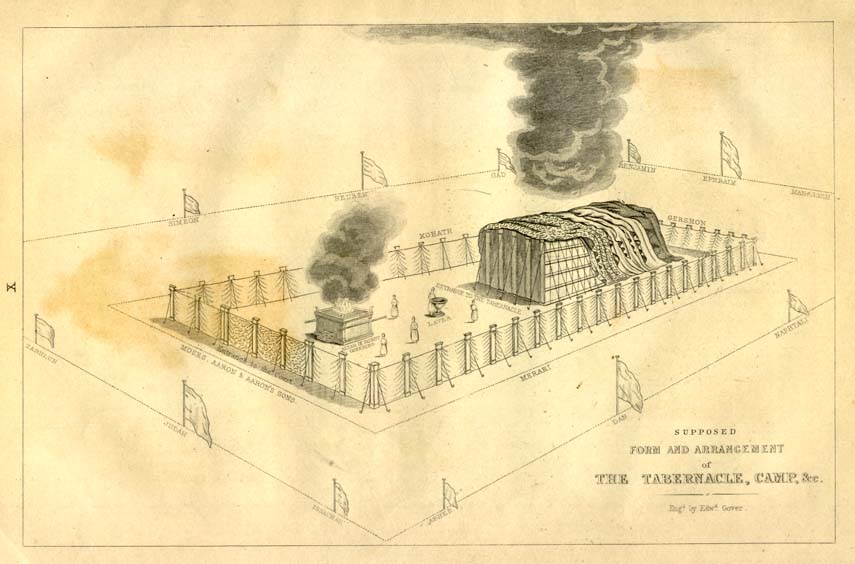
Prayers and Sacrifices The sages of the Midrash argue that there is a deep relationship between sacrifices and prayers: Rabbi Yehoshua Ben Levi said: Prayers were established as a substitute for the daily sacrifices (Berakhot 26:2). Rabbi Avho said: What replaces the oxen we used to sacrifice to You? Our lips, through the prayers we […]
Parashat VaYikra: A Just Society
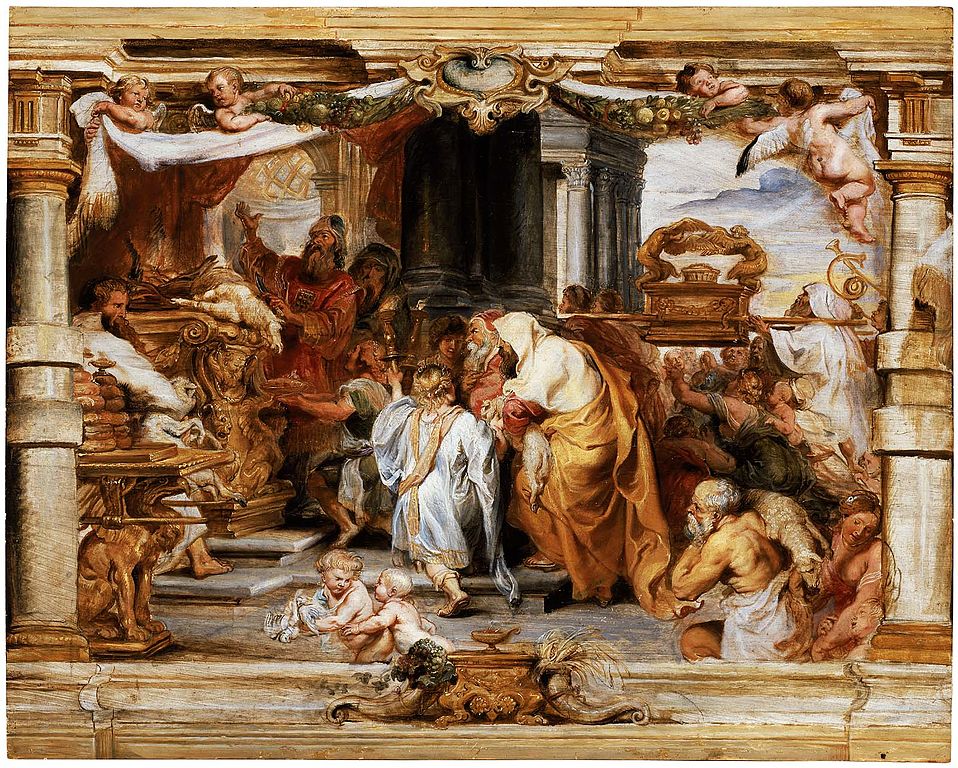
A Just Society The Book of Leviticus is sometimes perceived as a catalog of sacrifices with detailed lists of animals, substances, and dates. These details are misleading. The true purpose of the lists of sacrifices is to guarantee the creation of a just society. The sacrifices can be divided into two clearly distinct groups. They […]
Parashat Pekudei: Mishkan, 21st Century Edition
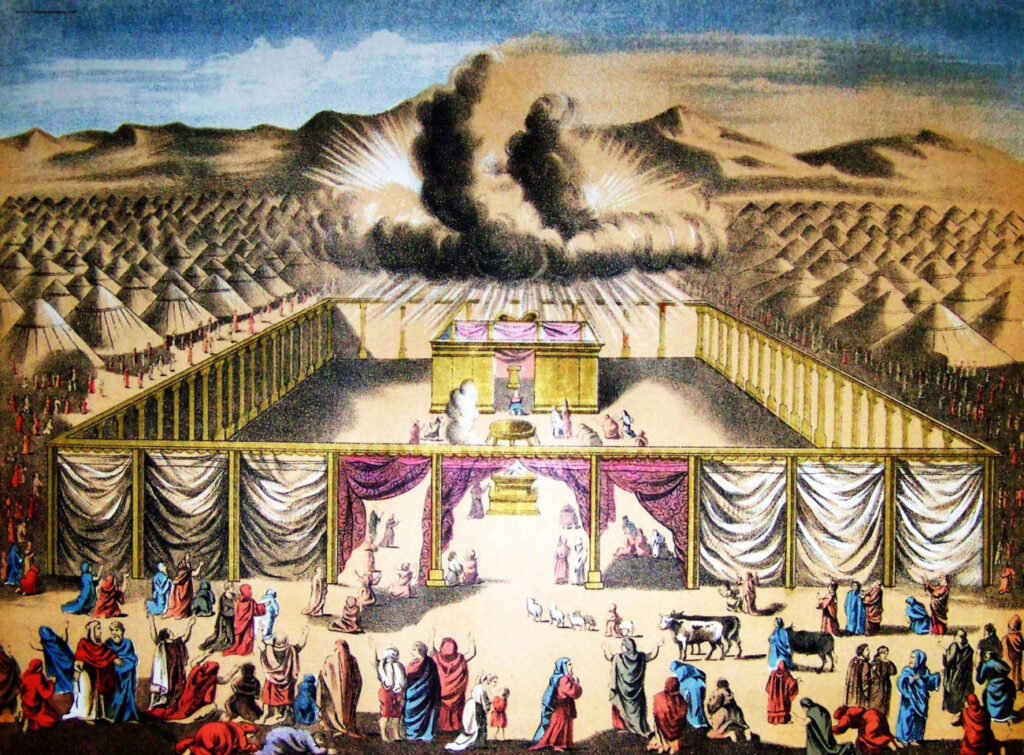
The Mishkan Today Parashat Pekudei concludes the detailed description of the construction of the Mishkan, which stretches over 14 chapters and 550 verses. The Mishkan served the Israelites in the desert and then wandered with them into and inside The Promised Land. The Mishkan moved from place to place until King Solomon finally built a […]
